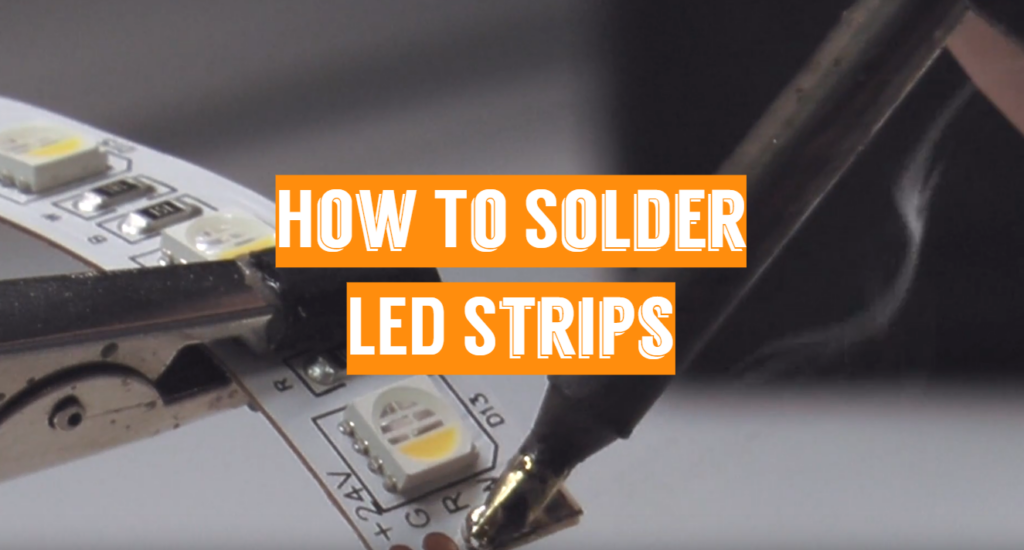A charged capacitor’s short circuit poses a significant danger of burning out the electrical part and other circuit components. There’s still the risk of electrocution and burning.
The higher the capacitor’s capacitance and voltage, the more harm it can do in the case of a short circuit. Often make sure the capacitor is discharged before withdrawing it from the circuit.
How do capacitors function?
Capacitors are a two-electrode device isolated by a dielectric material in which electric charges of equal magnitude and opposite potentials accumulate. There are several different kinds of capacitors, each of which may be further separated into subtypes. The simplest devices are made up of two metal components with a dielectric material – such as air, ceramic material, or impregnated paper – sandwiched between them. Plates are the metal components that are applied to store electrical energy.
The phase of electricity deposition starts when Voltage is applied to the capacitor surfaces, much as it does in battery cells. The electrical charge on the capacitor plates continues while the voltage source is detached owing to electrostatic attraction. The accrued charges are of similar magnitude, but their potentials are opposite.
The method of safely discharging the capacitor is close to that of charging it. As DC voltage (U) is added to capacitor terminals with a given capacity, charge (Q), which is the product of capacitance and voltage, is deposited in the capacitor. Farads are used to calculate capacitance. A charge of 1 coulomb produces 1 volt in a capacitor with a capacitance of 1 farad. Since 1 farad is such a large number, capacitors in electronics and electrical engineering are typically calculated in picofarads, nanofarads, microfarads, and millifarads.
The key parameters to discharge a capacitor:
It is important to understand the specifications of a capacitor in order to understand how to discharge it. The rated capacitance, capacitance resistance, rated voltage, and dielectric loss are the main criteria of a capacitor.
Any capacitor has such major characteristics:
- Climate dimensions and class;
- Permissible AC voltage;
- Resistance to insulation;
- Rated power and frequency;
- Pulse load capability;
- Temperature coefficient of capacitance;
When preparing a capacitor discharge, the most critical parameter to note is Capacitance.
The capacitance defined by the production company is a nominal capacitance that is almost difficult to obtain – the capacitance value is caused by a variety of environmental factors. As a result, the capacitance is defined with a percentage tolerance, i.e. the percentage variance of the real capacitance from the rating value.
The failure of a capacitor is the amount of energy lost as a result of the capacitor’s action under alternating voltage and is represented by a loss tangent. These losses are normally higher than dielectric losses and are linked to losses on the electrodes as well as the temperature or frequency of the capacitor circuit.
How to discharge a capacitor – any size
Capacitor discharge is determined by the capacitor’s form and capacitance. Capacitors that have more than 1 farad should be discharged with a caution as a short circuit may result in not only capacitor damage but also fire and electric shock.
The secure discharge of a capacitor is as simple as adding some resistance load to its terminals that will dissipate the energy contained in the capacitor.
A high resistance receiver can be used to discharge the capacitor. The charge contained in the plates will take longer to discharge, but the plates will be completely discharged.
A capacitor with a lower capacitance may be discharged by assembling a special discharging device that includes a serially attached capacitor and a resistor. Pay close attention to the capacitor’s discharge period and the resistor’s necessary power while constructing such a device.
The result of the capacitor’s serially attached resistance and its capacitance determines the capacitor’s discharge period. After this time, the device’s voltage should decrease to one-third of its initial voltage, and the element should fully discharge in a period equivalent to five times the resistance plus capacitance.
The capacitor can discharge quicker if the resistor is bigger. For example, if a 10 uF capacitor is discharged with a 1 kΩ resistor, the discharge period would be 0.01 seconds. When discharging a 1 mF part with the same resistor, the discharge period would be increased to 1s by 1/3 of the original charge value.
Major methods to discharge a capacitor
To prevent any complications when discharging a capacitor, you should use a multimeter to determine the capacitor’s stores electric charge before using the screwdriver or any other tool of the methods described below:
- Begin by setting a multimeter to the maximum DC voltage setting possible;
- Connect the capacitor’s leads to the multimeter probes;
- Interpret the numbers on the multimeter monitor when holding the probes;
With a screwdriver
You may have read that shorting the capacitor’s terminals using a screwdriver/pliers is one of the easiest methods to discharge it. Many technicians will just put a screwdriver between the capacitor’s two terminals and call it a day. Only capacitors with a few microfarads and a voltage below 10 volts operate wonderfully with this system.
[tds_info]Tips for users:If the stored voltage of the capacitor is less than 10V, there is no need to discharge it since it can discharge on its own. You can discharge the capacitor with a screwdriver or short circuit it if the multimeter readings are only below 50V.[/tds_info]Keep in mind this method is suitable only for discharging low voltage capacitors:
- Take the capacitor on one side and an insulated screwdriver on the other;
- Be sure the screwdriver handle’s coating is in good shape: there should be no noticeable mishaps, gaps, defects, or tears in the plastic or rubber. For some electrical job, never use a screwdriver with a bent handle;
- Put the screwdriver between the capacitor’s two leads;
- There is going to be a spark. It indicates that an electric discharge is taking place;
With a 15-watt electric light bulb
Using a protected capacitor discharge method, high-voltage capacitors can be discharged. One of them is a basic circuit involving a wire and a light bulb (the values should range from 15W to 90W depending on the user’s preference):
- In one side, hold a discharge bulb, and in the other, hold the capacitor;
- Place the bulb’s leads on the capacitor’s leads and lock them in place;
- The light bulb would begin to glow. It indicates that the capacitor is charged and that an electric discharge is taking place;
- Disconnect the light bulb from the capacitor’s leads while it is turned off;
Test the capacitor’s retained charge with the multimeter once more. If you followed the steps correctly, the capacitor should be fully discharged at that stage, with zero voltage on the multimeter.
With a high-voltage resistor
A load, normally a high-voltage resistor, is another safe way to discharge a capacitor. You will use a 10-watt resistor with a 2.2k ohm resistance:
- Keep a high-voltage resistor in the center with insulated pliers. Do not contact the resistor during the capacitor discharge because it can become very heavy;
- Place the resistor’s terminals over the capacitor’s leads. Just sure you don’t hit any metal parts with your bare hands, otherwise you’ll end up with a serious injury (mostly, electrical shock);
- Test the voltage in a brief period of time to see whether the capacitor is indeed charged. Attach 2 probes of the multimeter to the capacitor’s terminals once more. The capacitor is fully discharged if the terminal shows zero voltage;
What is the quickest way to discharge a capacitor?
Larger capacitors should be fitted with discharge resistors, which can discharge this feature within a few minutes after the power supply is disconnected. A 4 mm2 YDY cable can be used to safely discharge a three-phase power capacitor, which consists of short-circuiting the separate phases of the element with a PE wire. Besides, you can try to charge capacitor without resistor
There’s even a quick method to discharge a capacitor. However, this is only recommended for capacitors that have a low voltage. Shorting the terminals of high-voltage capacitors is very dangerous since the current produced is very huge, and the individual risks being burned or electrocuted, all of which may result in serious injury or death.
Is it necessary for a capacitor to discharge independently? Of course, if a capacitor is not wired to some external power or other charging systems, it can ultimately discharge on its own (internal battery, for instance).
Related Review: Best Circuit Testers
Useful Video: How to Discharge Capacitors Safely
Final thoughts
It is not enough to be an expert in rocket science to discharge a capacitor. It also does not necessitate any specialized knowledge. To avoid electric shocks, though, you should be attentive and act with care while discharging the capacitor.




I would like to thank you for this article. I was given the task of discharging a capacitor at work and it had me stumped! Now that i am armed with your instructions, I feel much more confident in my abilities. Thank you again for your help!